5 Things We Love About Dell's XPS 13 2-In-1
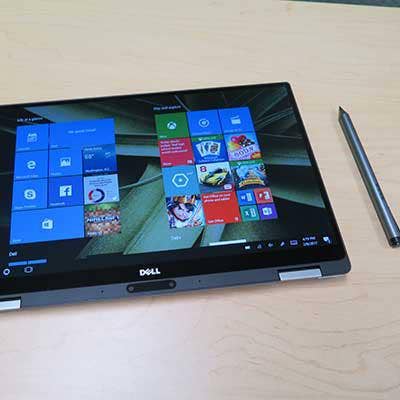
The Next Evolution
During CES 2012, Dell made a splash by introducing its first-ever Ultrabook, the XPS 13. The laptop went on to become a hit for the Round Rock, Texas-based company, and on the fifth anniversary of the debut, Dell again turned to CES to unveil a new version of the XPS 13.
At CES 2017, Dell unveiled the first XPS 13 2-in-1 model, as a competitor to convertibles such as Lenovo's Yoga series (which pioneered the category).
The CRN Test Center recently took the XPS 13 2-in-1 for a test drive, and found a lot to like. In the following slides, we'll share the five features of the XPS 13 2-in-1 that most impressed us.
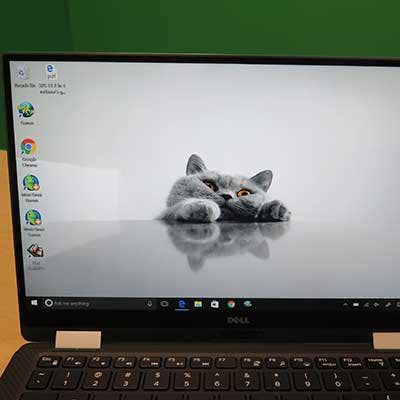
Display
We'll start with some of the similarities to the standard XPS 13. The 2-in-1 version benefits greatly by appropriating some of the best of the original version -- first and foremost, the display. Like on the original version, the 13.3-inch display is nearly bezel-free. That means the laptop feels small (akin to an 11-inch laptop) while still having a lot of screen space to work on. No other convertible on the market has a surface area as small as on the XPS 13 2-in-1, according to Dell.
The display itself is available in two resolutions -- QHD+ (3,200 x 1,800) or FHD (1,920 x 1,080). And as a convertible, it features a touch screen that can fold part or all of the way back, for use in multiple modes (such as tent mode or tablet mode).
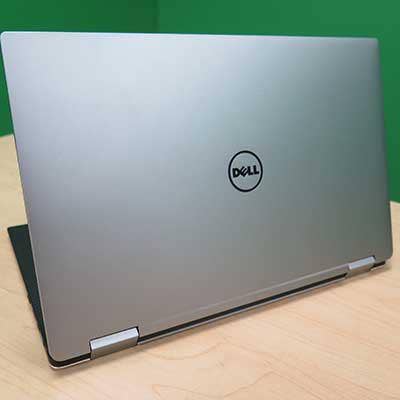
Materials
Also akin to the original version of the XPS 13, the 2-in-1 version is made from highly durable, attractive materials with an appealing design. The XPS 13 2-in-1 features the same machined aluminum exterior and carbon fiber palm rest as the original.
The steel-and-aluminum hinge is one difference from the standard XPS 13, and the hinge worked well in our tryout when converting the laptop to stand or tablet mode.
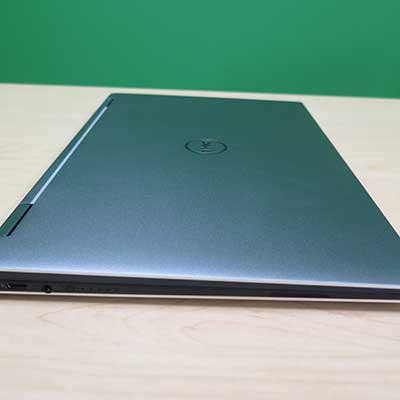
Slimness
A major focus for Dell with the XPS 13 2-in-1 has been on engineering a thin form factor. And the thickness of the laptop is one key difference from the original version. The convertible version measures 0.54 of an inch thick, making it 10 percent thinner than the 0.6 of an inch thick of the original XPS 13. The thin form factor also puts the XPS 13 2-in-1 up there with the thinnest laptops on the market -- just 0.02 of an inch thicker than the MacBook, for instance.
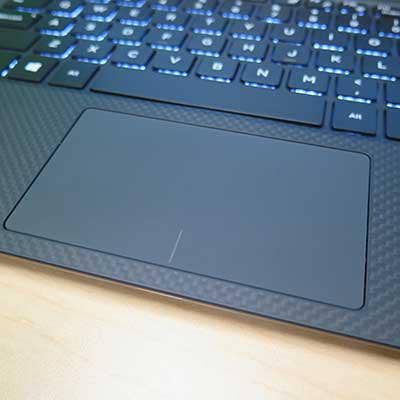
Touchpad
Many Windows laptops are plagued by touchpad lag, and that includes some laptops made by Dell. But we found the touchpad on the XPS 13 2-in-1 to work well, with little to no latency. For web browsing, however, we found it notable that the touchpad worked best in Microsoft's Edge browser versus in Google Chrome. The touchpad had more latency in Chrome when scrolling down web pages, for instance, than in Edge.
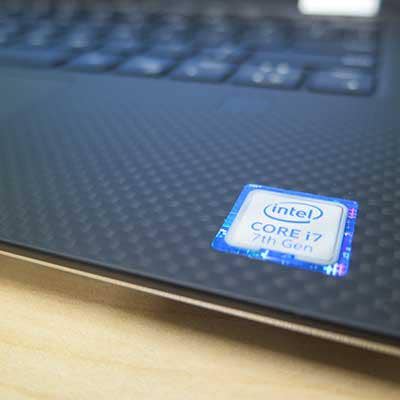
Low-Power
The XPS 13 2-in-1 uses a low-power processor, which doesn't require a fan. That would be the Intel Core i7-7Y75 processor (from Intel's seventh-gen Core i series). The performance in our tryout was close to the standard XPS 13 -- not quite on par on speed, but generally able to handle our multitasking.
As a result of using a low-power processor, Dell is able to include a 23 percent smaller battery in the XPS 13 convertible than on the standard version -- 46WHr versus 60WHr. In our tryout, we got 6.5 hours of battery life on a charge -- which is pretty good, considering we were using the touch screen a fair amount and putting the laptop through fairly heavy usage overall.